10 Ways to Beat Digital Eye Strain While Working From Home | look.tips

Is Remote Work Ruining Your Eyesight?

The rise of remote work has brought many benefits, but it’s also ushered in a new wave of health concerns – specifically, digital eye strain. Staring at screens for extended periods can lead to blurry vision, headaches, dry eyes, and even neck and shoulder pain. You're not alone! Millions of remote workers experience these issues daily. This listicle offers ten effective strategies to combat digital eye strain, reclaiming your comfort and protecting your vision. Let's dive in and discover how to navigate the digital world without sacrificing your eye health. Read on for practical tips you can implement *today*!
1. The 20-20-20 Rule
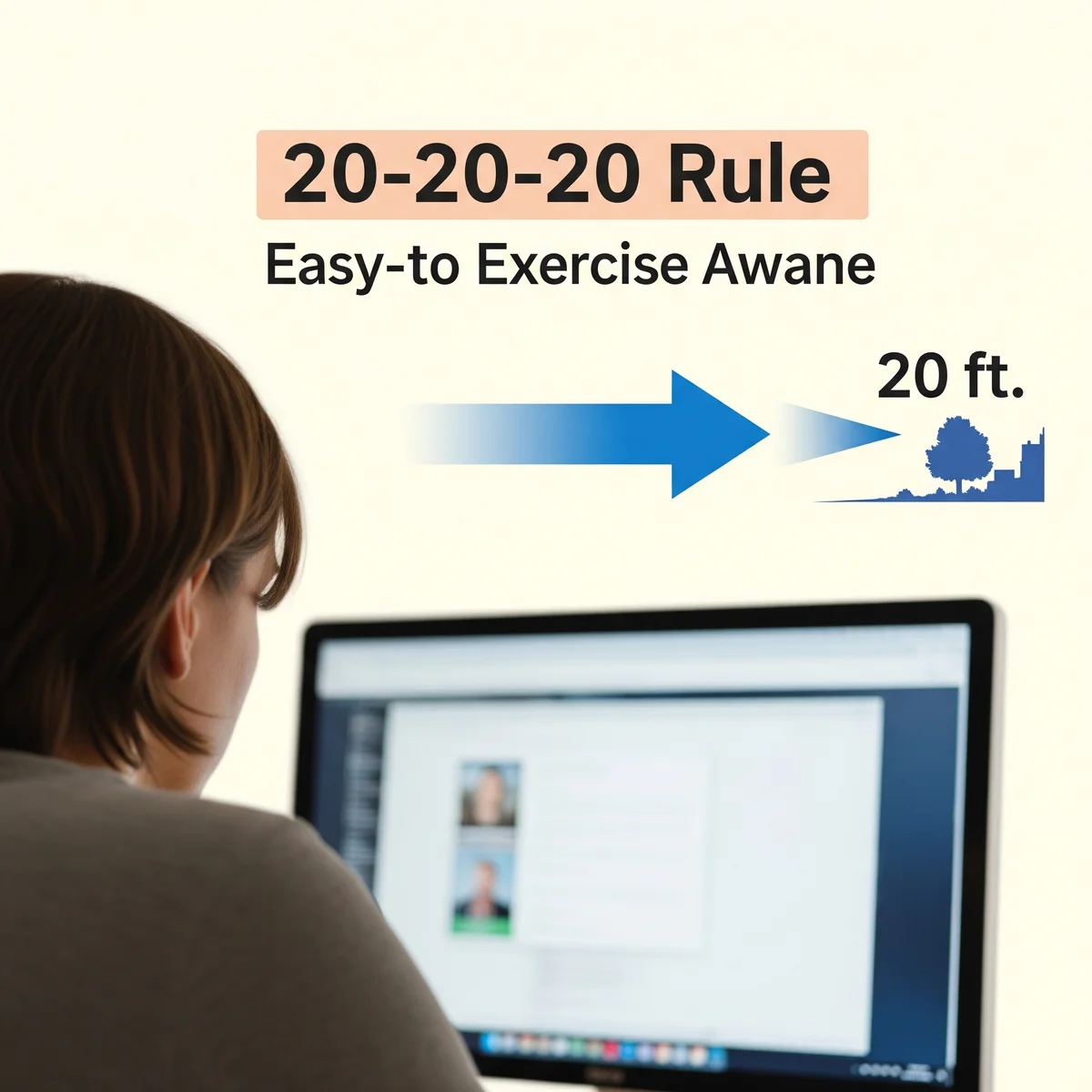
Perhaps the most well-known tip, the 20-20-20 rule is remarkably effective. Every 20 minutes, shift your gaze to an object 20 feet away for at least 20 seconds. This simple exercise relaxes the eye muscles that get fatigued from focusing on a nearby screen. Set a timer as a reminder – your eyes will thank you! Incorporating this into your workflow proactively combats digital eye strain and prevents further discomfort. It’s a quick, easy habit to build that promotes better eye health during prolonged screen use.
2. Optimize Your Screen Placement
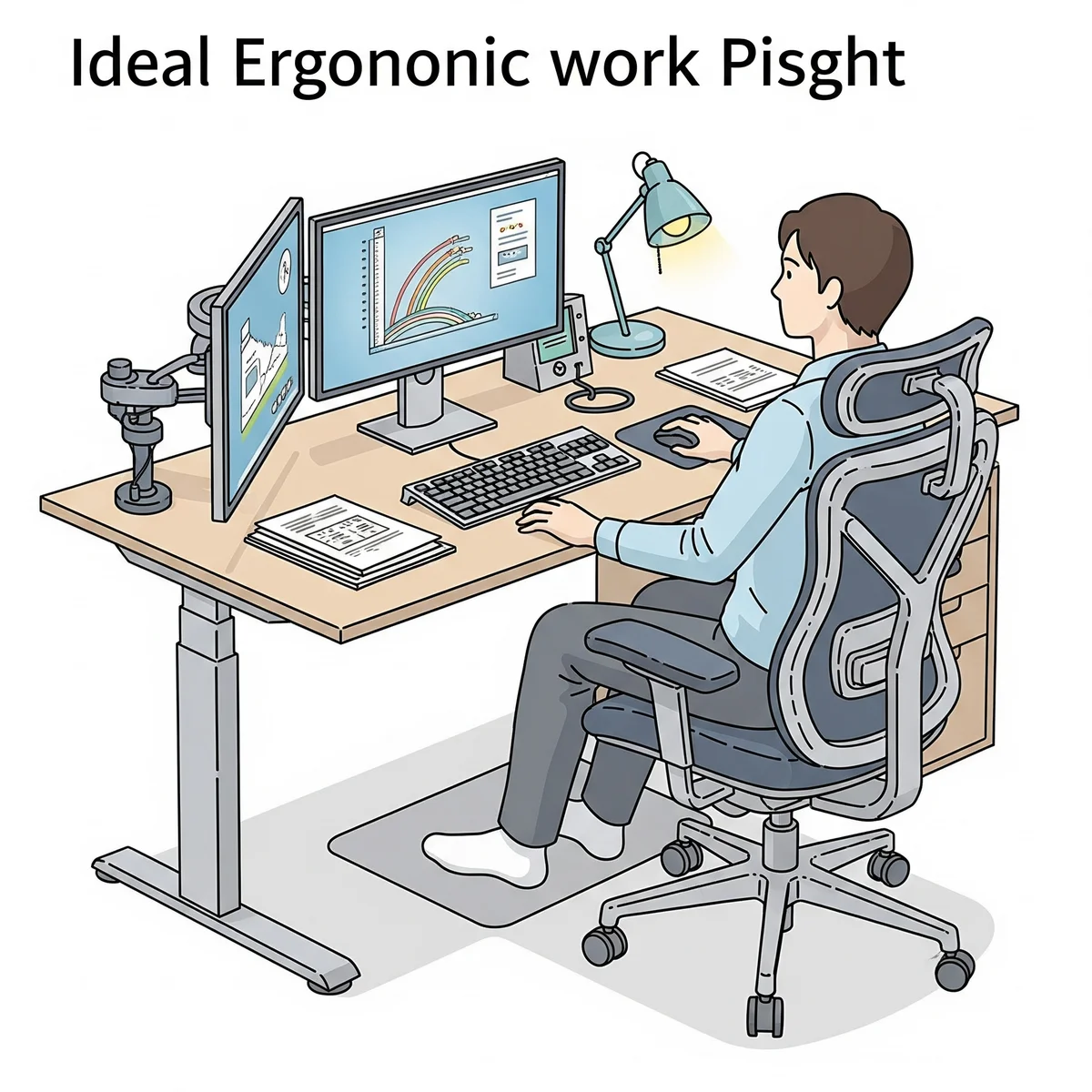
Ergonomics matter! Position your monitor about an arm's length away from your face and slightly below eye level. This encourages a natural downward gaze, which reduces eye strain. Avoid glare from windows or overhead lights by adjusting your workstation’s positioning. A poorly positioned screen forces your eyes, and neck to work harder, exacerbating digital eye strain. Properly arranging your workspace is a crucial step in preventative eye care and overall well-being. Think about investing in a monitor arm for added flexibility.
3. Adjust Screen Brightness & Contrast

Screen brightness and contrast significantly impact eye strain. Adjust these settings to match the ambient lighting in your room. A screen that is too bright or too dim forces your eyes to work harder. Most operating systems offer blue light filters – enabling these can reduce exposure to harmful blue light emitted from screens, which contributes to eye fatigue and can disrupt sleep. Experiment with different settings to find what feels most comfortable for your eyes and reduces digital eye strain.
4. Blink Regularly!

When focused on a screen, we tend to blink less frequently, leading to dry eyes – a major contributor to digital eye strain. Make a conscious effort to blink regularly. If blinking doesn’t provide enough relief, consider using artificial tears to lubricate your eyes. Think of blinking as a mini-reset for your eyes, keeping them hydrated and comfortable. This simple act can drastically reduce discomfort and improve overall eye health throughout your workday. It's a small change with a big impact!
5. Improve Air Quality & Humidity

Dry air can exacerbate dry eye symptoms. Use a humidifier, especially during winter months, to maintain optimal humidity levels in your workspace. Ensure proper air circulation and avoid directing fans or vents directly towards your face. Increased humidity can help keep your eyes lubricated and comfortable, reducing the need for frequent blinking or artificial tears. Don't underestimate the impact of your environment on your eye health! This can combat the effects of digital eye strain.
6. Utilize Blue Light Filters
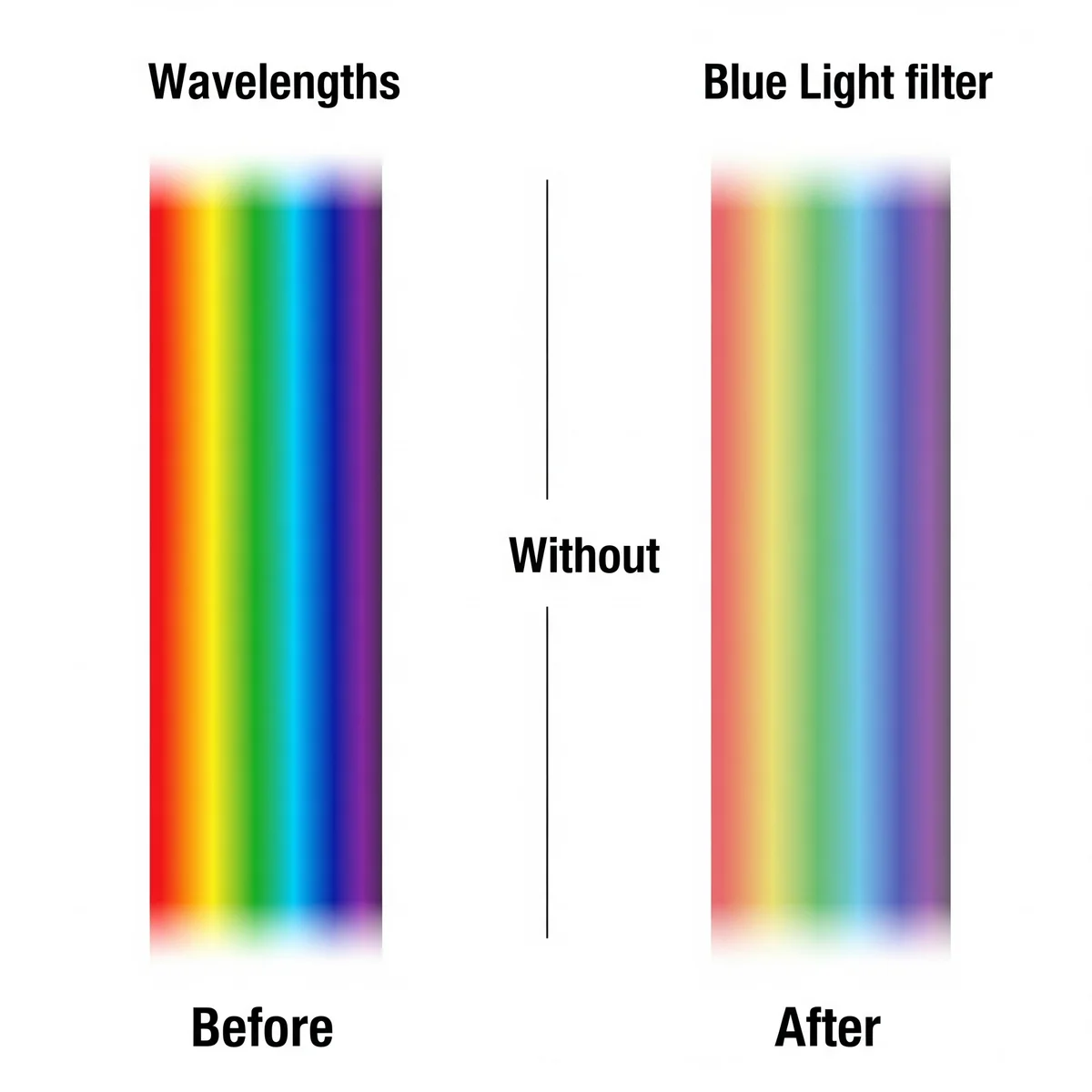
Blue light emitted from digital screens can disrupt sleep patterns and contribute to digital eye strain. Many devices now offer built-in blue light filters (Night Shift on Apple devices, Night Light on Windows). Consider using blue light filtering glasses as well for additional protection. These filters reduce the amount of blue light reaching your eyes, potentially alleviating eye strain and improving sleep quality. Explore these options to minimize the effects of prolonged screen exposure.
7. Take Frequent Breaks – Step Away!

Beyond the 20-20-20 rule, schedule longer breaks throughout your workday. Get up, stretch, walk around, and focus on distant objects. This allows your eye muscles to fully relax and recover. Short, frequent breaks are more effective than long, infrequent ones. Think of it as a mental and physical reset, benefitting not only your eyes but your overall well-being. Stepping away from the screen helps your body and mind recharge and reduces the risk of developing digital eye strain.
8. Get a Comprehensive Eye Exam
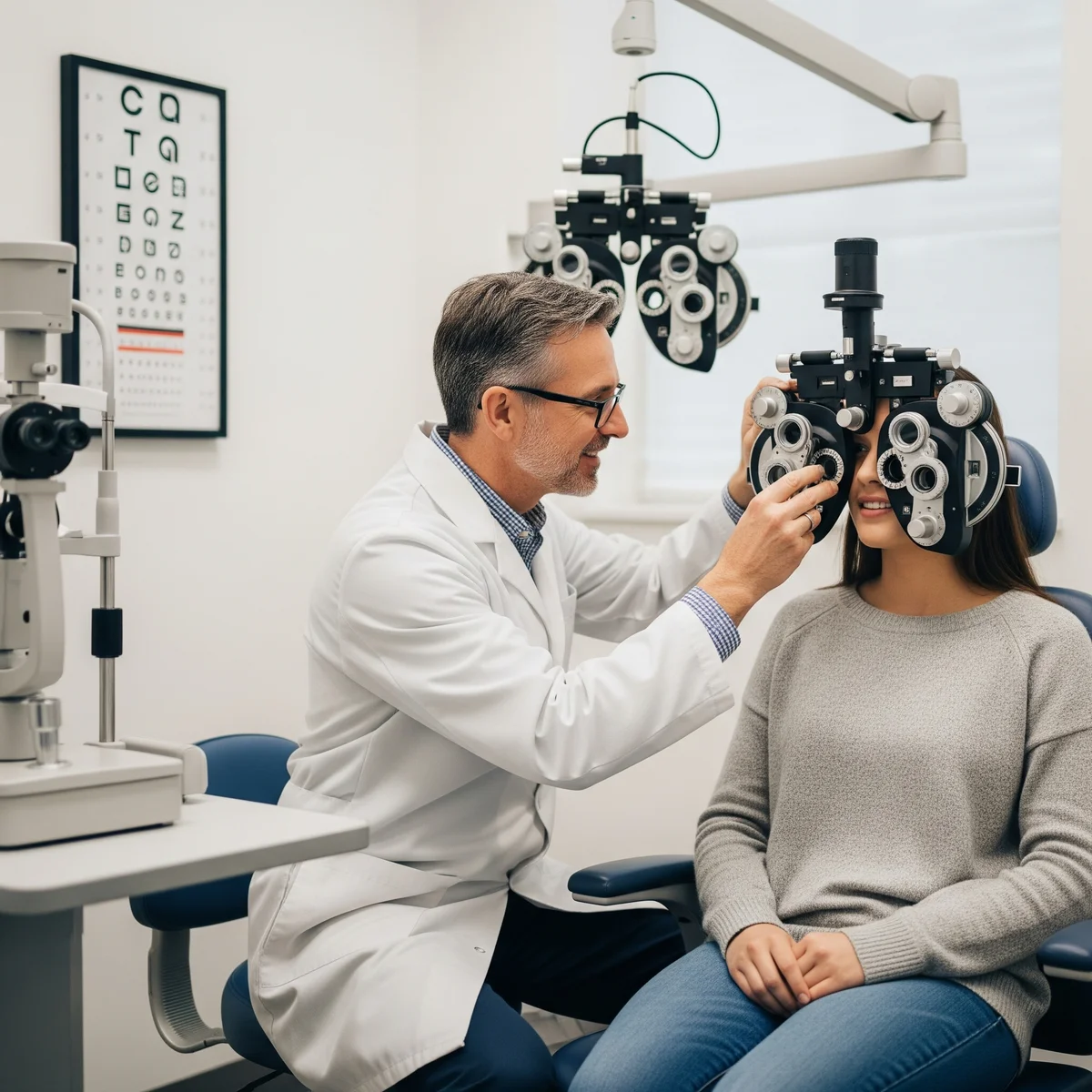
Regular eye exams are crucial for maintaining good vision and identifying potential problems early on. Inform your eye doctor about your work habits and any symptoms of digital eye strain you are experiencing. They may recommend specific lenses or treatments to address your needs. Don't self-diagnose! Professional guidance is essential for ensuring optimal eye health and preventing long-term vision issues. It's an investment in your future sight.
9. Optimize Font Size and Resolution
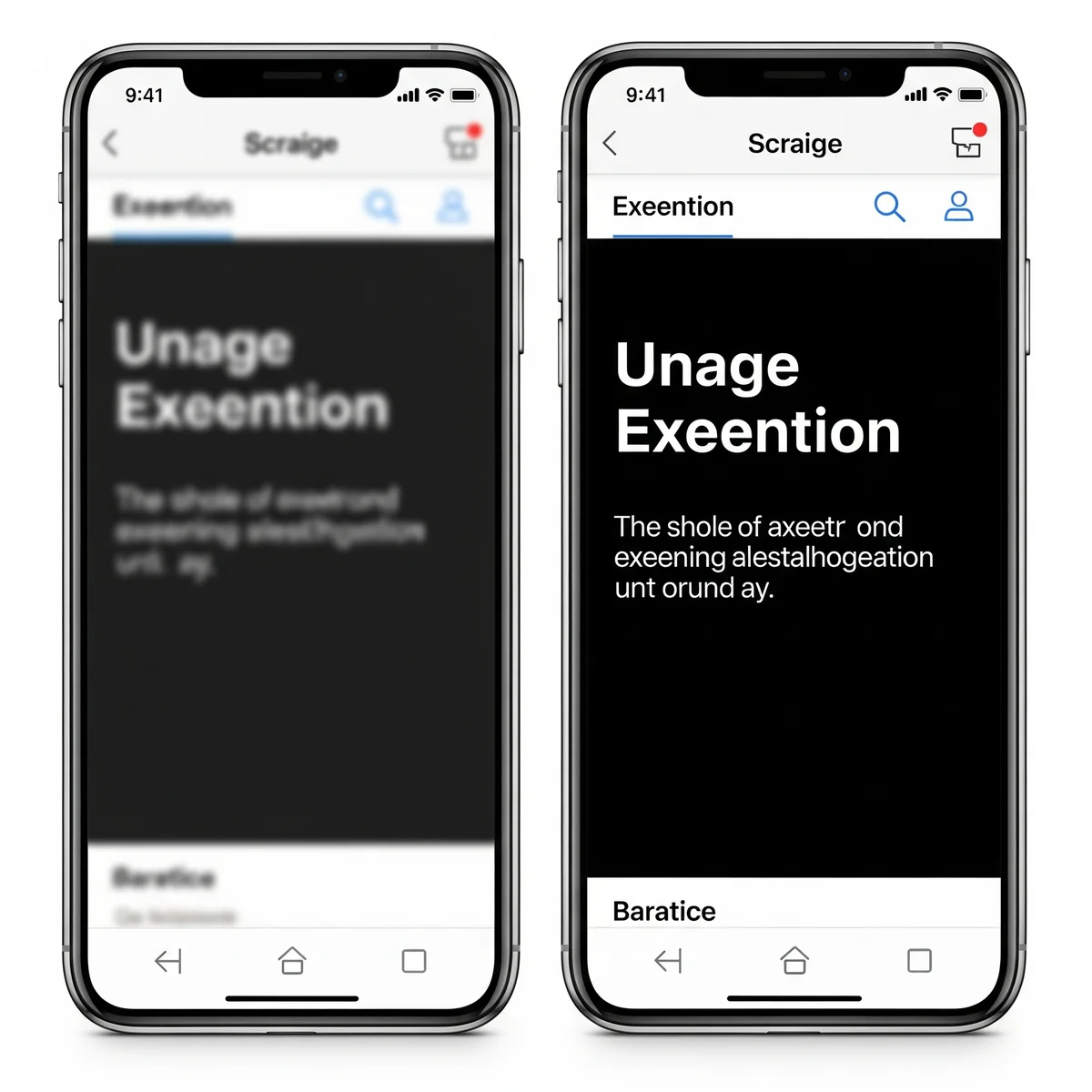
Squinting to read small text is a surefire way to cause eye strain. Increase the font size on your screen to a comfortable level. Adjust the screen resolution to ensure text is crisp and clear. Avoid using excessively small or stylized fonts that are difficult to decipher. Optimizing these settings reduces the effort required to focus, minimizing eye fatigue. A clear, readable display is a foundation for comfortable, productive screen time; combatting the symptoms of digital eye strain.
Prioritize Your Eye Health!

Digital eye strain is a common issue in the remote work era, but it’s manageable. By incorporating these ten strategies into your daily routine, you can significantly reduce discomfort and protect your vision. Don’t wait until symptoms become severe – start proactively caring for your eyes today! Share this article with your colleagues and friends, and let’s create a healthier, more comfortable remote work experience for everyone. Your eyes will thank you!
Comments
Loading comments...